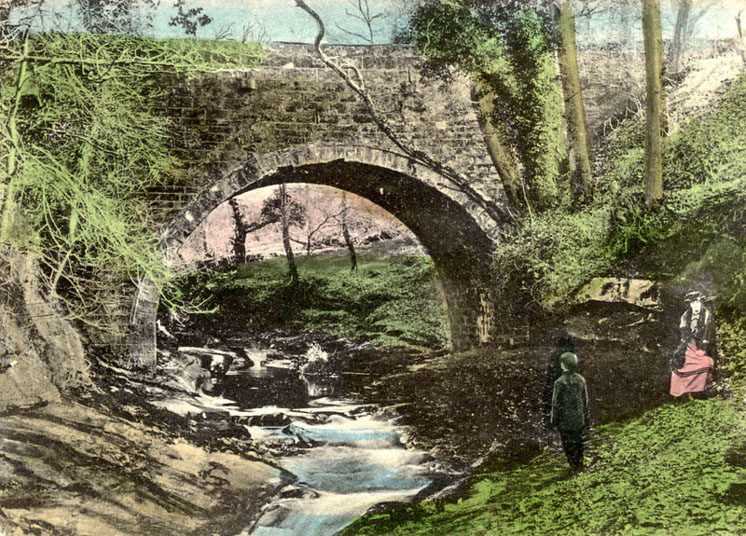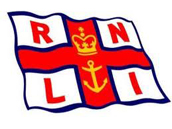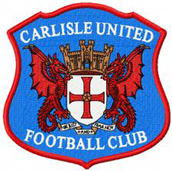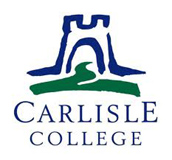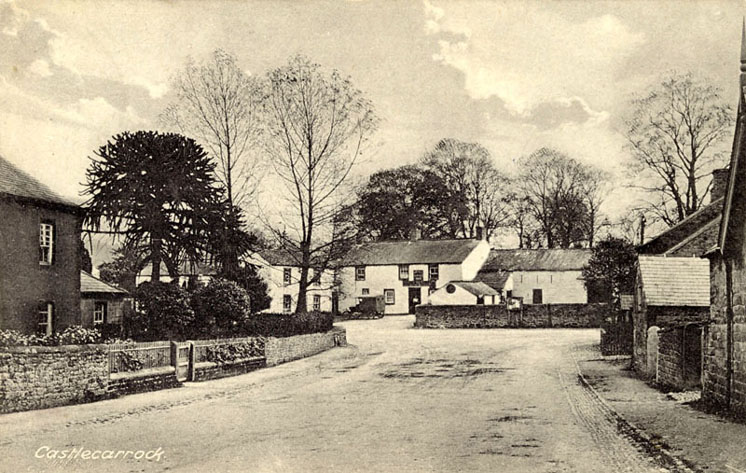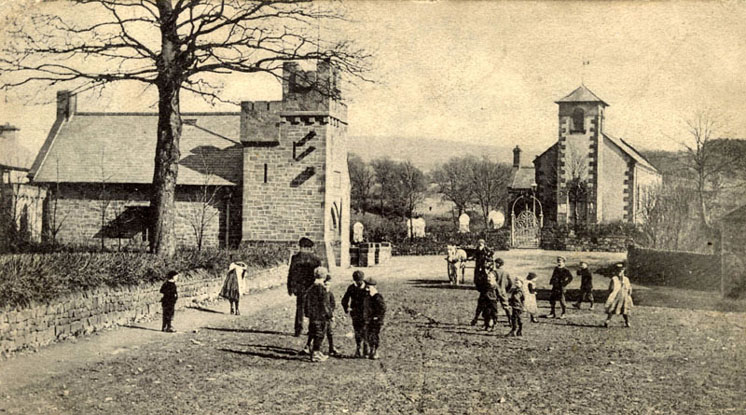- Home
- Scarrows
- Mariners
- Cumberland
- Miscellaneous
Castle Carrock
History
The first name which appears on the manorial roll of Castle Carrock is Eustace de Vallibus, grantee under his kinsman, Hubert de Vallibus, or Vaux, upon whom Henry II conferred the barony of Gilsland as a recompense for services rendered the young prince in his contest with Stephen. The posterity of Eustace adopted the local name, and probably had their castle here which has given a name to the parish. Robert de Castle Carrock, the fourth in descent, left three daughters, among whom the manor was divided, and descended for a long time in severalties, some of which eventually passed to the Dacres. The whole is now vested in the Earl of Carlisle, whose ancestors purchased the several parts at sundry times. The principal landowners are the Exors. of tbe late John Watson, Esq., Gelt House; William Watson, Esq., Holme Eden; Ralph Watson, Garth Foot; James Proctor Watson, Esq., Gelt Hall; Mrs. Elizabeth Carrick and the resident yeomen.
On the summit of the fell are two cairns, one of which, called Hespeck Raise, is of considerable magnitude. Near Gelt bridge was another cairn, and when the stones were removed in 1775, by the farmer on whose land it was situated, a cistaven or rude stone coffin was found, in which was a human skeleton. About fifteen years ago another cistaven, containing a human skeleton, was unearthed by two farmers near to Greenwell; accompanying it were an urn and a flint, probably the hatchet of the warrior chief, whose mouldered remains were thus brought to view 2,000 years after his entombment.
Village Description 1884 T. Bulmer
Is bounded on the south by Leath Ward, on the west by Cumrew and Carlatton, on the north by Brampton and Hayton, and on the east by Northumberland. It contains, according to the Ordnance Survey, 8,030½ statute acres, of which 34½ are public roads and 13½ water.
The rateable area is 2,879 acres, which are assessed at £2,143, and have a population of 297. The parish lies on both sides of the river Gelt, and comprehends the northern portion of the lofty range of mountains extending from Cross Fell, near Alston. The arable land is light and full of blue stones ; the high ground is rugged and sterile, but the lower moor, being dry and covered with a fine herbage, affords good pasturage. Limestone and freestone are abundant. The commons were enclosed in pursuance of an Act of Parliament obtained in the 41st of George III. Castle Carrock Fell commands fine views of the most fertile portion of Cumberland the Scottish hills, the Irish Sea, Skiddaw, Saddleback, and the Northumbrian mountains. The old division of the parish into the Constablewicks of Town and Outerside Quarter is now almost obsolete.
Castle Carrock is a small straggling village, situated on the west side of Geltsdale, four miles south of Brampton. Near the village are the apparent remains of two ancient fortifications; one, in a wet field, about forty yards east of the church, surrounded by a moat, now filled up, is 100 yards long and 40 broad, and the other, which is about a furlong towards the south, is about three times as large as this, and rises seven or eight yards above the surrounding meadow, but both have been in tillage for a length of time. A small stream runs close by the west side of each, and might easily be made to fill the former quite round. Close by is a mineral spring, the water of which is strongly impregnated with sulphuretted hydrogen, thus resembling in its qualities the Gilsland Spa.
Geltsdaie Forest (extra-parochial) is an extensive tract of mountain, forming the south-east portion of the parish, and is a royal forest, leased by the earl of Carlisle. Part of it abounds in birch and alderwood, and gives rise to the river Gelt, which flows northward. Previous to the dissolution, both this and the adjoining forest of Brierthwaite, belonged to the priory of Hexham, but after the suppression of that house, were granted to the barons of Gilsland.
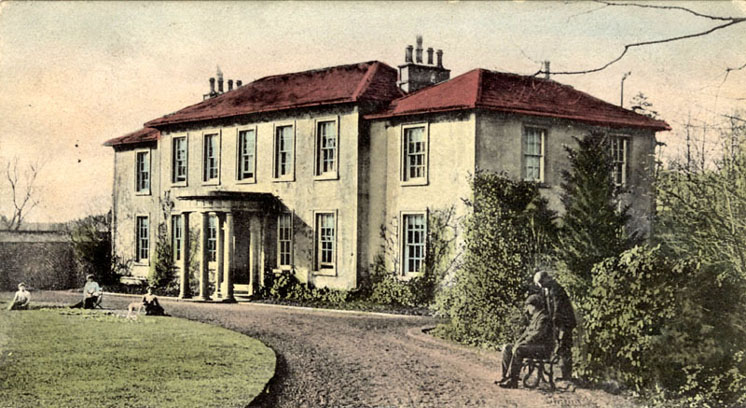
Church History
The church, dedicated to St. Peter, is a small edifice, capable of accommodating 150 worshippers, erected in 1828, at a cost. of £250. The old church, which had long been in a dilapidated condition, is supposed to have been built out of the ruins of an old castle, that stood upon one of the entrenchments mentioned above; and what seems to corroborate the tradition is, that there were in the walls of the old church several broken pieces of carved stone, evidently taken from some other building. On the bell, which was removed from the old church, is the following inscription "Praise thou the Lord, 0 Castle Carrock." The benefice is a rectory, in the patronage of the dean and chapter of Carlisle, and now held by the Rev. Robert Johnson Gorman. It is valued in the King's Book at £5 12s. id., but is now worth £200 a year. When the common was enclosed 290 acres were allotted to the church in lieu of all tithes.
